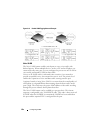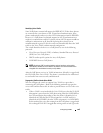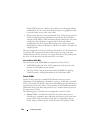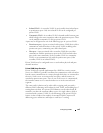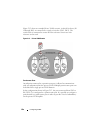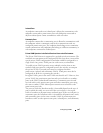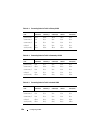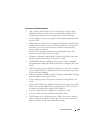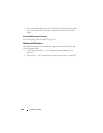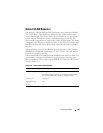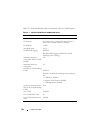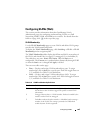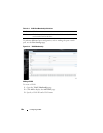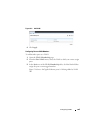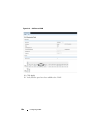
Configuring VLANs 659
Limitations and Recommendations
• Only a single isolated VLAN can be associated with a primary VLAN.
Multiple community VLANs can be associated with a primary VLAN.
• Trunk and general modes are not supported on private VLAN ports.
• Do not configure access ports using the VLANs participating in any of the
private VLANs.
• Multiple primary VLANs may be configured. Each primary VLAN must be
unique and each defines a separate private VLAN domain. The operator
must take care to use only the secondary VLANs associated with the
primary VLAN of a domain.
• Private VLANs cannot be enabled on a preconfigured interface. The
interface must physically exist in the switch.
• Secondary (community and isolated) VLANS are associated to the same
multiple spanning tree instance as the primary VLAN.
• GVRP/MVRP cannot be enabled after the private VLAN is configured.
The administrator will need to disable both before configuring the private
VLAN.
• DHCP snooping can be configured on the primary VLAN. If it is enabled
for a secondary VLAN, the configuration does not take effect if a primary
VLAN is already configured.
• If IP source guard is enabled on private VLAN ports, then DHCP snooping
must be enabled on the primary VLAN.
• Do not configure private VLAN ports on interfaces configured for voice
VLAN.
• If static MAC addresses are added for the host port, the same static MAC
address entry must be added to the associated primary VLAN. This does
not need to be replicated for dynamic MAC addresses.
• A private VLAN cannot be enabled on a management VLAN.
• A private VLAN cannot be enabled on the default VLAN.
• VLAN routing can be enabled on private VLANs. It is not very useful to
enable routing on secondary VLANs, as the access to them is restricted.
However, primary VLANs can be enabled for routing.




